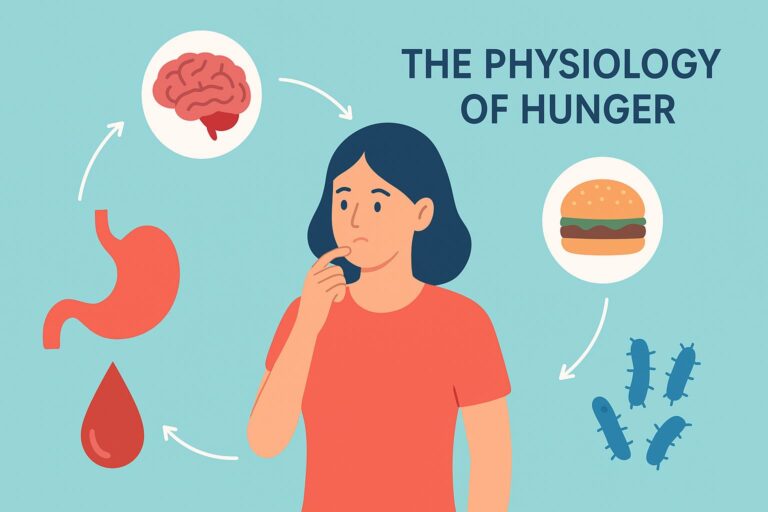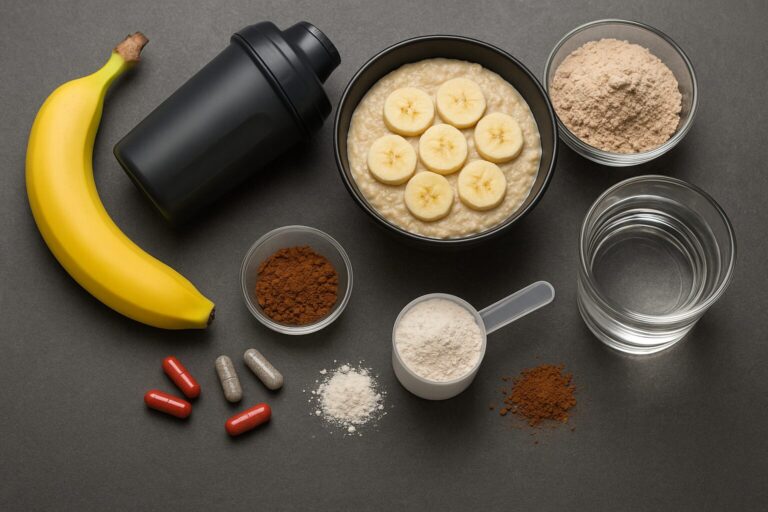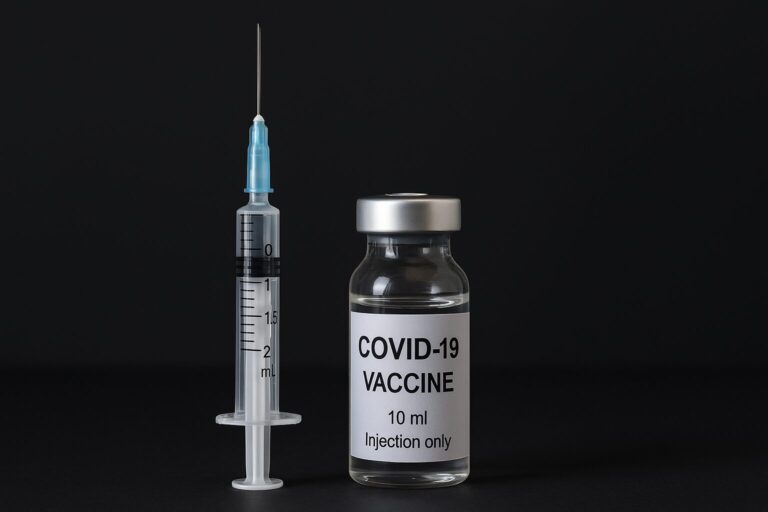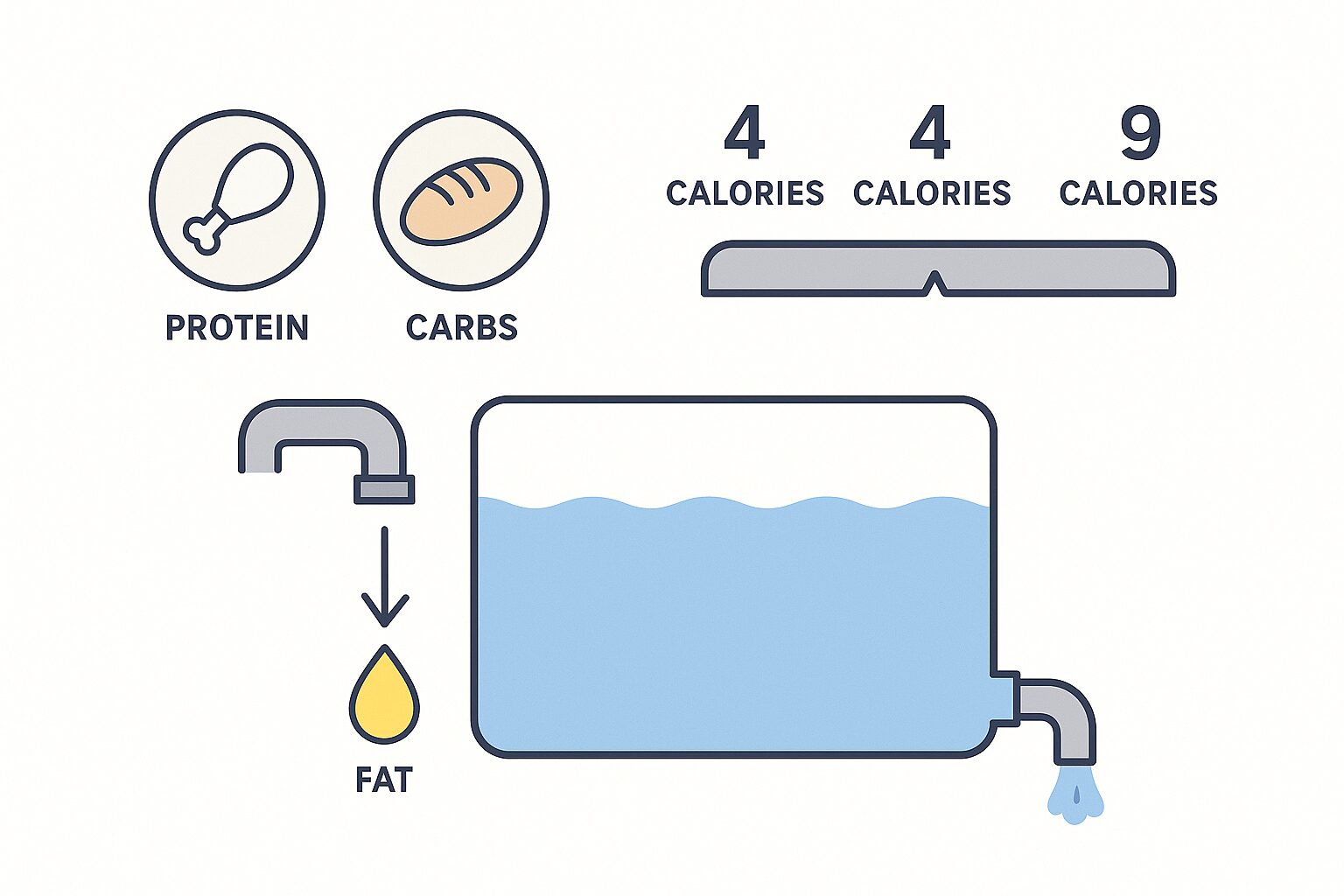
Forget complicated detox plans, fad cleanses, and miracle supplements for a moment. When it comes to changing how your body looks and performs, nutrition boils down to a few simple principles. You don’t need a PhD in biochemistry to understand them — just a basic grasp of how food becomes energy and structure.
At the foundation of all diets, trends, and strategies lies one unshakable truth: your body follows the laws of thermodynamics. Energy cannot appear or disappear — it can only be stored or expended. When you eat more energy than you burn, you gain mass. When you burn more than you eat, you lose it. The rest — keto, fasting, veganism, carnivore, or Mediterranean — are details and preferences layered on top of that rule.
Calories: The Currency of the Body
A calorie is simply a unit of energy. Every gram of protein or carbohydrate provides about 4 calories, and every gram of fat about 9 calories. Your body uses this energy to maintain temperature, run your organs, move your muscles, and even think.
If your body needs 2,500 calories to sustain its current state and you consume 3,000, the extra 500 will be stored — mostly as fat. Do that daily, and you gain roughly half a kilogram every week. Do the opposite — eat 2,000 instead of 2,500 — and your body will burn stored energy to make up the difference. That’s called a calorie deficit, and it’s the only reliable way to lose fat.
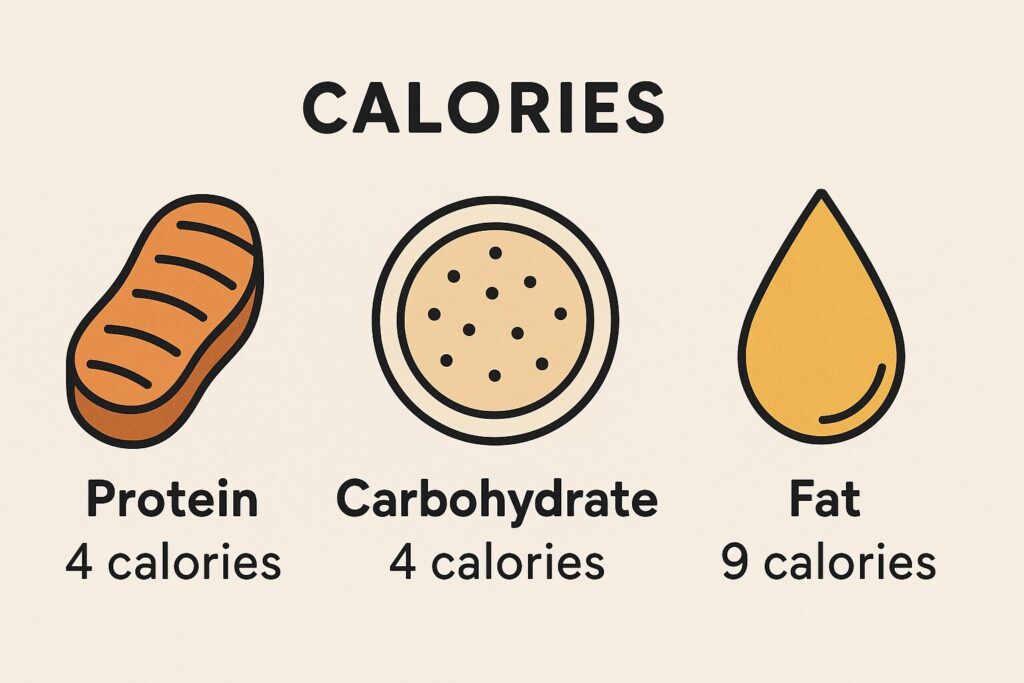
Macronutrients: The Big Three
All calories come from three primary macronutrients. Each plays a different role in your physiology:
- Protein: The building block of muscle, enzymes, and many hormones. During weight loss, sufficient protein helps preserve lean mass. During muscle gain, it provides the raw material for hypertrophy. Most people aiming for performance or aesthetics benefit from 1.6–2.2 g of protein per kilogram of body weight per day.
- Carbohydrates: The body’s preferred source of quick energy. They fuel your workouts and replenish muscle glycogen. Cutting them too low can impact mood, recovery, and training performance — although some people adapt to lower-carb diets quite well.
- Fats: Essential for hormone production, brain function, and the absorption of vitamins A, D, E, and K. Despite their higher calorie density, dietary fats are not the enemy. Balance and moderation are key.
Micronutrients: The Small but Mighty
Vitamins and minerals don’t provide energy, but they make metabolism possible. Iron helps transport oxygen. Magnesium supports muscle contraction and relaxation. Vitamin D influences immunity and testosterone levels. Neglecting these can sabotage your progress even if your calories are on point.
The best way to cover your micronutrient bases is through variety: colorful vegetables, fruits, lean meats, whole grains, nuts, and seeds. Supplements can help, but they should fill gaps, not replace real food.
How Fat Loss Actually Happens
When you create a caloric deficit, your body needs to find alternative energy sources. It begins breaking down stored glycogen and fat. Over time, fat cells release triglycerides, which are oxidized — literally burned — in the mitochondria to produce energy.
However, this process is not instantaneous. Hormones, sleep, stress, and individual metabolic adaptations all influence how efficiently your body burns fat. That’s why patience and consistency matter far more than any “30-day shred” program.
Why People Gain Weight
Gaining fat is not simply about “eating too much.” It’s about energy imbalance — often fueled by modern food environments that make overeating effortless. Hyper-palatable foods high in sugar and fat, sedentary lifestyles, emotional eating, and chronic stress create a perfect storm for calorie surplus.
Metabolism slows slightly as you age, and hormones like leptin and ghrelin can alter hunger and satiety. But the math still holds: chronic surpluses lead to stored fat, while deficits lead to stored fat being used.
The Simplicity that Everyone Overcomplicates
If your goal is fat loss:
- Eat fewer calories than you burn.
- Keep protein high to preserve muscle.
- Train regularly and sleep well.
If your goal is muscle gain:
- Eat slightly more calories than you burn.
- Keep protein high to support growth.
- Train progressively and lift heavy.
Everything else — meal timing, supplements, or “fat-burning foods” — is secondary.
The Water Tank Analogy
Think of your body as a water tank. Calories are the water, your food intake is the inflow, and your daily energy expenditure — everything from training to thinking and breathing — is the outflow.
If more water flows in than out, the level rises — that’s fat gain. If more flows out than in, the level drops — that’s fat loss. The tank doesn’t care where the water comes from — be it protein, carbs, or fat — it only responds to the total volume.
Now imagine that your tank isn’t rigid but flexible. When it overflows, it expands, storing more energy as fat. When you consistently let more water out than you pour in, the tank shrinks. Your body’s storage system works the same way, using excess calories to fill “fat cells” and burning stored energy when intake falls short.
Of course, there’s nuance. The quality of the water — the macronutrients — determines how efficiently your body runs. Proteins help repair and build structure (like reinforcing the tank itself), carbs provide immediate fuel (water pressure), and fats ensure the system’s valves and pipes — your hormones and cells — function properly.
But the total volume remains king. Whether your goal is muscle growth, fat loss, or maintenance, it all comes down to how much flows in versus how much flows out. Balance the tank, and you master your metabolism.
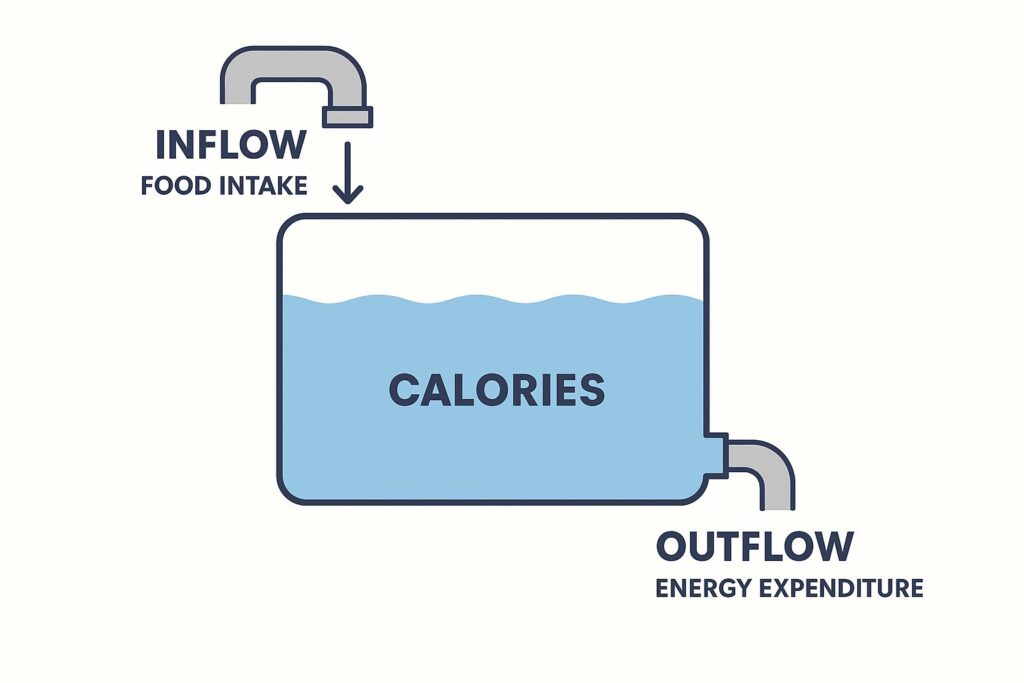
The Takeaway
You don’t need magic. You need awareness. Count calories for a week to understand portions. Prioritize whole foods, adequate protein, and fiber. Sleep 7–8 hours. Move every day. Repeat this long enough, and the physiology takes care of itself.
Dieting isn’t punishment or deprivation — it’s energy management. Once you master that, you can manipulate your body composition at will. That’s the bare minimum, but it’s also everything you truly need to know.
References
- Hall, K. D., et al. (2016). Energy balance and its components: Implications for body weight regulation. American Journal of Clinical Nutrition, 104(4), 989–1002.
- Schoenfeld, B. J., & Aragon, A. A. (2018). How much protein can the body use in a single meal for muscle-building? Journal of the International Society of Sports Nutrition, 15(1), 10.
- Kandel, E. R., Schwartz, J. H., Jessell, T. M., Siegelbaum, S. A., & Hudspeth, A. J. (2013). Principles of Neural Science (5th ed.). McGraw-Hill.
- Guyenet, S. J., & Schwartz, M. W. (2012). Regulation of food intake, energy balance, and body fat mass: Insights from human studies. Physiology & Behavior, 107(5), 604–612.
Forge Your Mind. Build Your Biology.
Join the Forge Biology newsletter — where science meets strength.
Every week, you’ll get:
-
Evidence-based insights on training, performance, and recovery
-
Real analyses of supplements that work (and the ones that don’t)
-
Deep dives into hormones, nutrition, and human optimization
No fluff. No marketing hype. Just data-driven knowledge to build a stronger body — and a sharper mind.
Subscribe now and start mastering your biology.


